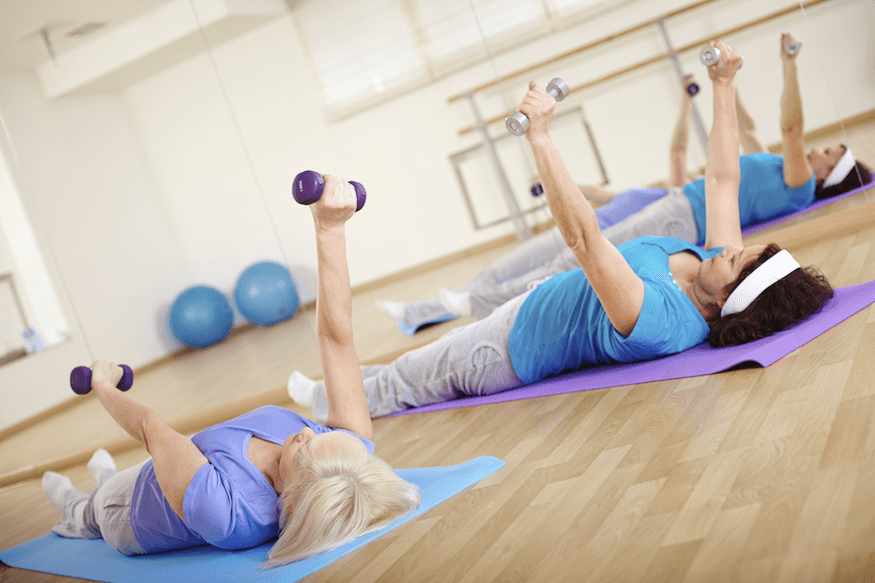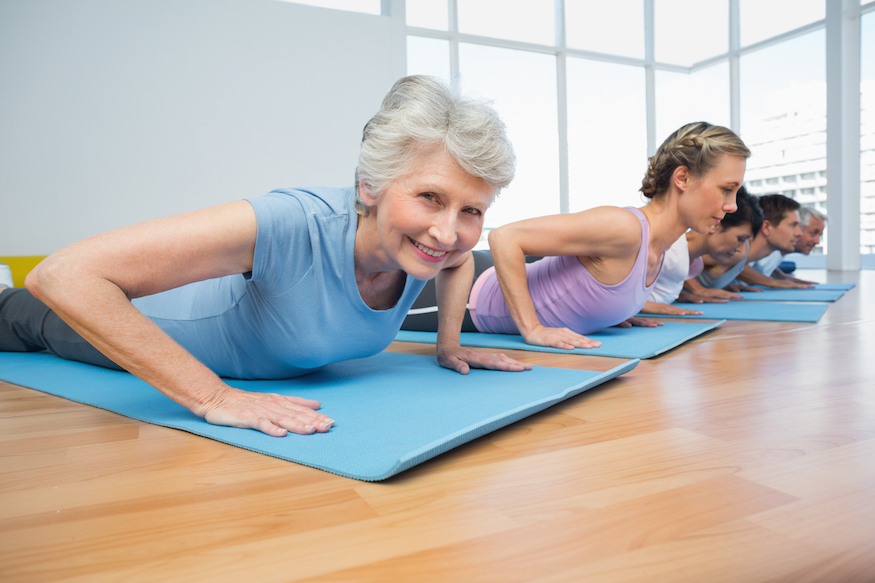For seniors, living alone comes with a great deal of personal responsibility. Many assert their independence through a strong desire to upkeep their homes, despite any limitations from aging.
As we know, it is extremely beneficial for seniors to remain at home as they get older, but it is vital to make sure they are remaining safe whenever they are alone. Seniors who live alone at home must become familiar with the proper ways to lift and move heavy objects safely on their own.
Check the Object’s Weight
- You can test the weight of the object you are planning on lifting by giving it a slight push with your hands or feet.
- Don’t be fooled by the overall size of an object, smaller objects can also be heavy.
Check the Object’s Contents and Stability
- Examine the contents of the box to make sure they are packed safely and securely.
- Look out for loose pieces that could cause the load to become unbalanced.
Checking Your Ability to Reach and Grip the Object
- Find a way to achieve the tightest grip on the object before attempting to lift anything.
- Utilize handles if necessary/available.
- Always use a ladder if you are required to lift an object above your head/neck.
- Position your body as close as you can to the load, don’t reach too far and overexert yourself.
- Avoid arching your back.
- Use your legs and arms to lift, not your back.
Lifting Heavy Objects
- Consider stretching as a short warm up.
- Take as many breaks as you need, there’s no hurry.
- Know when to admit defeat. If an object is too heavy, ask for help or utilize a forklift/dolly.
- Be aware of your surroundings, clear space as needed. Be sure to know where you are planning on walking.
- Look out for puddles, spills, and other obstacles in your way.
- Always use slow and smooth movements to avoid straining or pulling your muscles.
- Always face the object you are lifting.
- Avoid twisting your back when lifting.
- Keep your back straight as possible when lifting from the legs.
A Place at Home specializes in providing Compassionate Care delivered by Passionate Professionals. Our skilled caregivers advocate for the health and wellness of those who want to remain in the comfort of their own homes.








